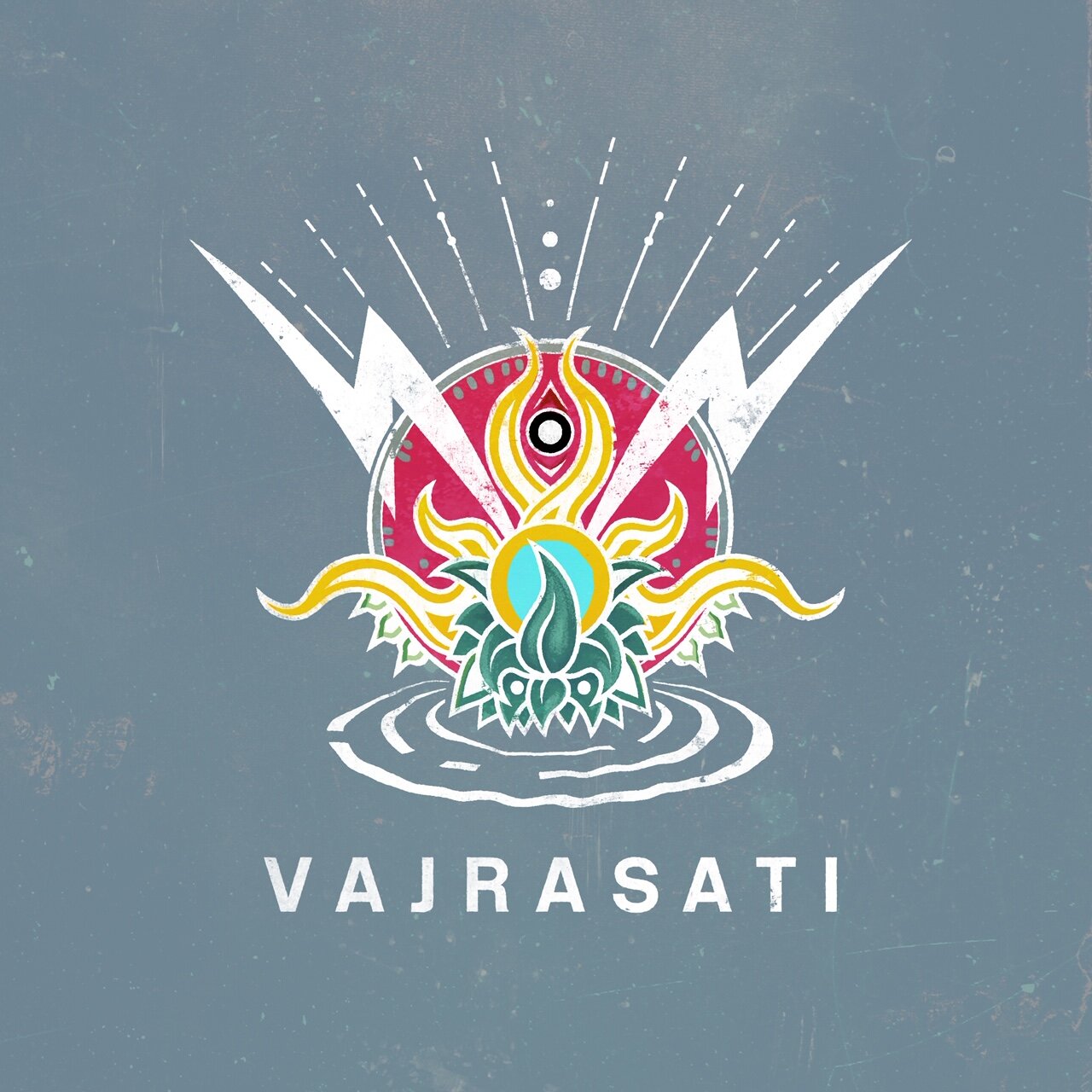Meditation Practice
Movement through stillness
Yoga, as many of you know, is a term that means union or integration and not posture, known as ‘asana’ in Sanskrit. So, it follows that not all yoga must be asana and that not all asana is yoga. The term ‘yoga’ refers to how you practice at least as much as what you practice. The yogis’ system basically scientific and certainly pragmatic in its approach incorporates aspects of our ordinary life, elevated onto a higher plane or refined into a purer form, so that the form can be used as a mirror instead of as something to suck us in and overwhelm us.
Mantra is the refined counterpart of ordinary speech, asana comprises informed and absorbed bodily actions and meditation is thought at its most subtle. The practices themselves are informed by other branches on the tree of yoga, so that contentment (santosa) allows self study (svadyaya) in a way that is as reflective as possible. When the mind is agitated by expectation from goals or targets, impatience, disappointment, embarrassment, shame and so on, then the surface of the mind mirror, like the surface of a lake, becomes rippled and distorted. As this mirror clears, it reflects to us the movement that exists in stillness, and moves all experience onwards. It shows its inevitability, its inherence, and so the yogin finds deeper contentment and rest, and learns to trust a deeper rhythm that can be tuned into and moved on without the need for aggression or violence (himsa).
This intelligent surrender is not to be understood in the sense of accepting defeat, but instead as transcending altogether the whole field in which victory or defeat are outcomes or judgements. Defeat becomes an internal discourse in relationship with life, revealing movement that, if approached and not reproached, illuminates the enemies to practice, and so to life, are not insurmountable brick walls, but simply constructs of a mind that has not given space for the laws of cause and effect to play themselves out. Seated meditation is the perfect field in which to allow this movement.
During the practice, the body is still, the eyes are closed or fixed and not looking and the attention is placed on the breath (there can be many objects of contemplation). As with asana work, the practitioner tries to find ways of engaging on a deeper level internally. To penetrate into the meditation, this requires a non-obsessive approach, where process and journey are accepted aspects of the whole practice in other words, letting go is recognised as the passive counterpart to moving in. Another similarity with asana work is that the form itself is the access to a more subtle way of working and a clearer reflection of where you are, as the means to an end rather than the end itself. It is a hollow desire to simply follow the breath if, in attempting to do so, you are not learning something that will radically and wonderfully change the whole way you view your life and how you relate to it.
So much for the rhetoric, let us see how this is in practice…
Preparation:
Set yourself aside a clear half an hour where you know that you will not be disturbed. Take the phone of the hook (that’s what answer machines are for!) and set your mind to practice seated meditation for the whole of this time (of course you can sit for longer but at start with realistic expectations).
Posture:
When sitting for meditation, set yourself up so that your body will offer minimum resistance, then resolve to not move for the duration of the practice. Sitting for this short period will cause you no long-term damage and most physical resistances is usually linked to mental/emotional tension or gripping, usually of an unconscious nature. When, through the practice of meditation, experience becomes clearly reflected, one finds that naturally things process and pass and many of these tensions will resolve, even if they initially intensify. This intensification of tension or tightness is often a bit like the game where, as you draw closer to a hidden object, people call out that you are getting warmer, hot and even melting, so that there is a build up and then immediate release when the object is finally contacted.
To ensure that you minimise actual physical difficulties from tension brought in from before the meditation, make sure that you have checked the following:
Your knees are lower than your hips: This may mean raising your hips on folded blankets or an appropriate mediation cushion.
You are kept warm: Wrap a blanket round the hips to avoid tension building and have another one ready to place around your shoulders, as body temperature can drop sharply as you calm down.
Support your limbs: Make sure that your legs have support and areas like your knees are not kept ‘floating’, as this will cause strain in the knees and/or the hips and make it a strain to keep your back upright. This may cause strain to the neck and the shoulders. Use a blanket drawn in a loose line on the floor in front of you to support the knees.
Rest your hands: On the lap, or on a cushion or tucked into the front of a blanket wrapped around your waist if your shoulders are strained.
Positions:
A broad-based (feet close, knees distant from each other), cross-legged position.
A kneeling position with the weight taken through cushions beneath the bottom.
Sitting upright in a chair.
Full lotus is perfect because it pulls down the knees from the adductors and thereby helps the pelvis to stay upright, but can only be performed by those with a strong aptitude for the pose, as it will cause too much pressure in the knees and take too much concentration in those less natural in it.
